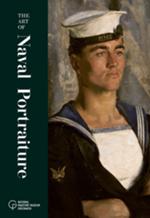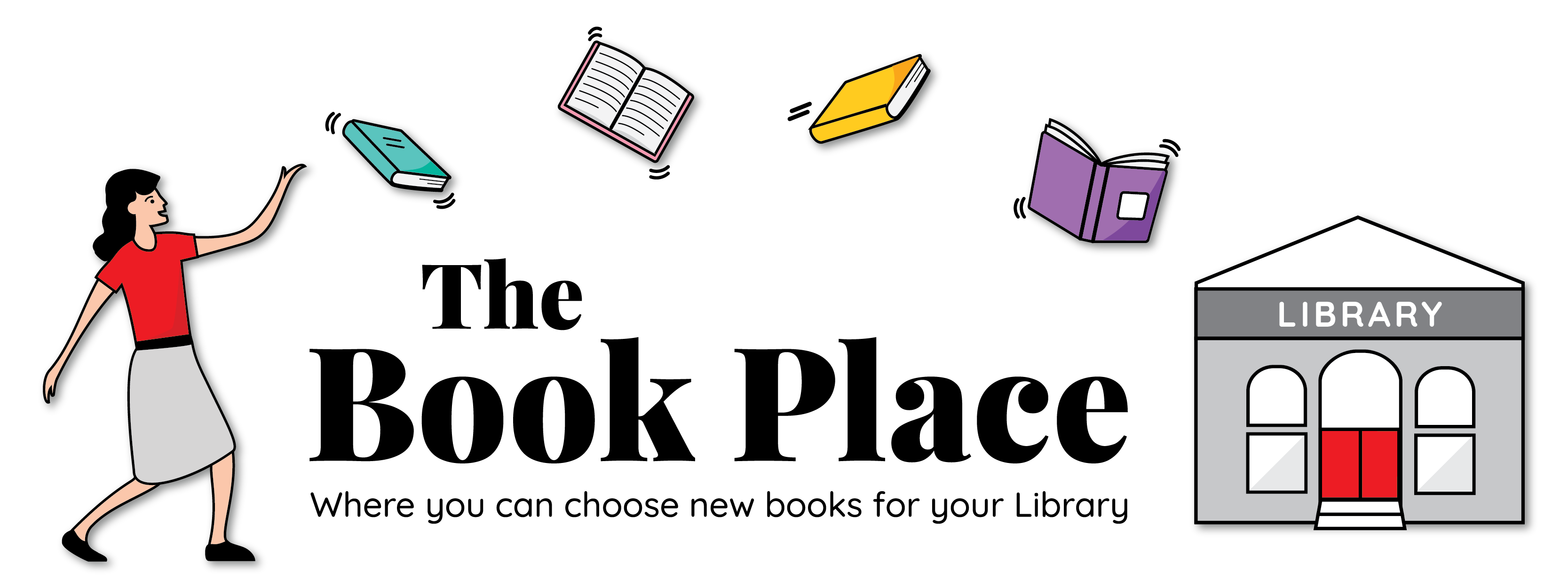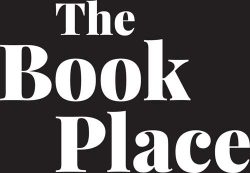Portraiture has long been an important tool for creating, supporting and challenging notions of identity. This book will explore individual and collective identities within naval portraiture and how these are shaped by ideas of gender, class and race. Royal Museums Greenwich holds the largest collection of naval portraits in the world, including over 600 paintings of officers and sailors in the Royal Navy from the sixteenth century to the present day. These portraits have much to tell us about Britain’s history as a naval power and about the individual experiences of those in service and their families. Innovative and important works of art, for centuries naval portraits have forged, reinforced and challenged ideas of masculinity, heroism and loyalty and functioned as icons of empire, demonstrations of professionalism and personal mementos for loved ones. This lavishly illustrated book explores the richness and variety of naval portraiture through key examples in the Museum’s collection. It charts the historical evolution of the Royal Navy’s image – explaining the meaning of naval symbolism, exploring the stories of specific artists, sitters and collectors, and considering the places where portraits were made and displayed, from private homes to public exhibitions.

The art of naval portraiture
ISBN: 9781739154202
Format: Hardback
Publisher: Unicorn Press
Origin: GB
Release Date: July, 2024


